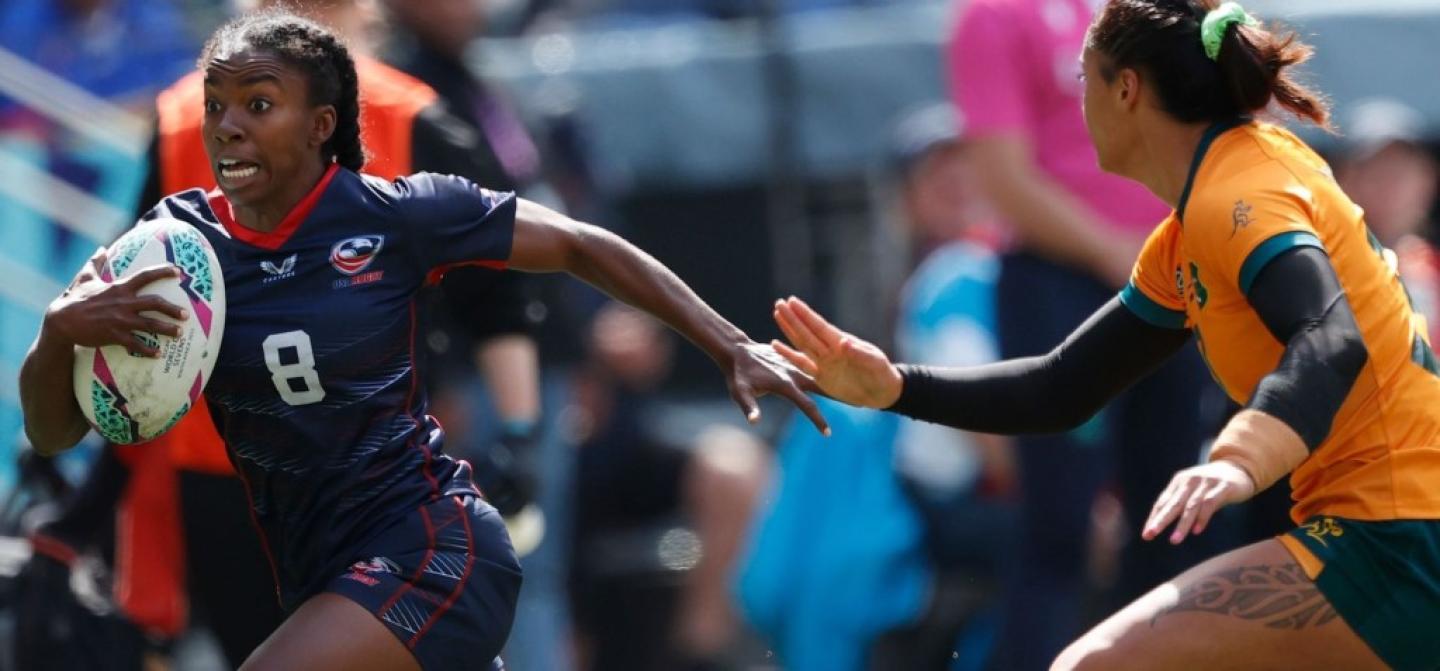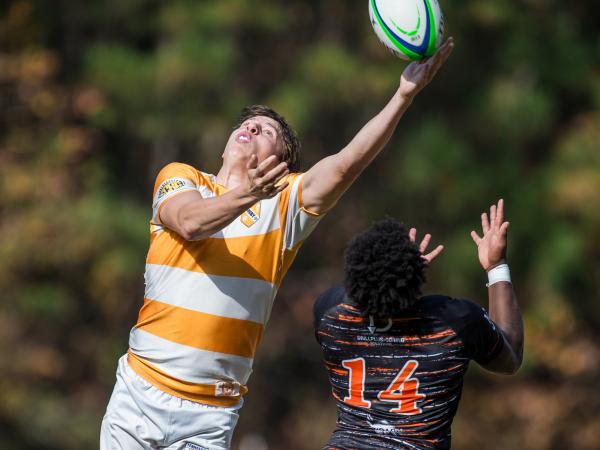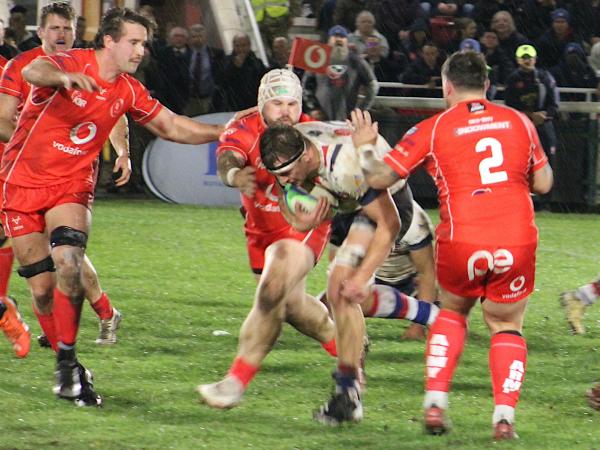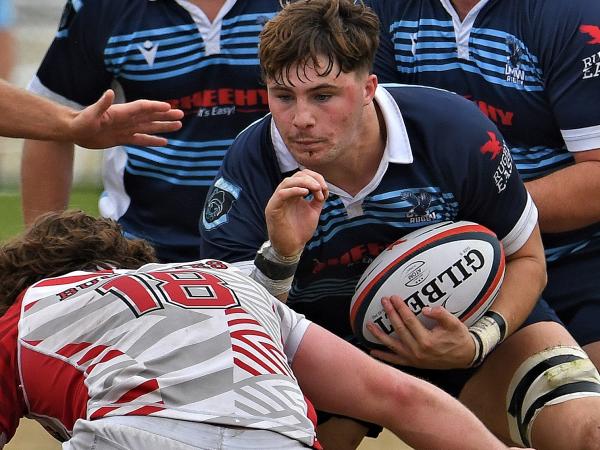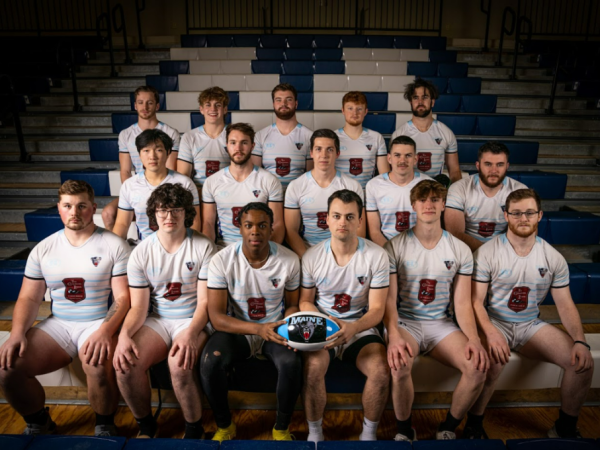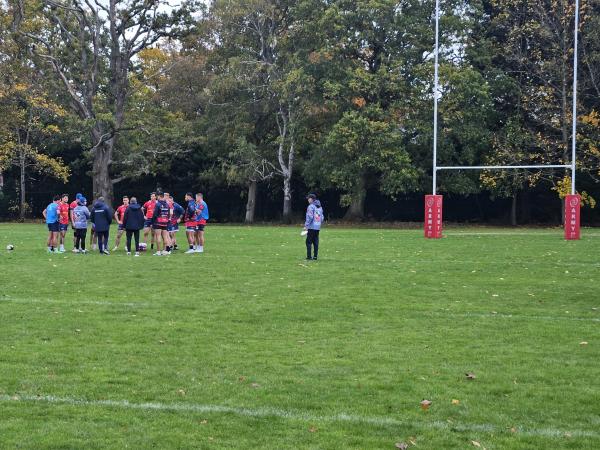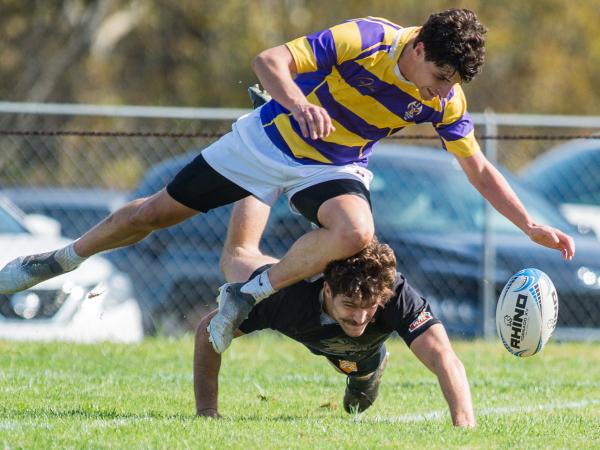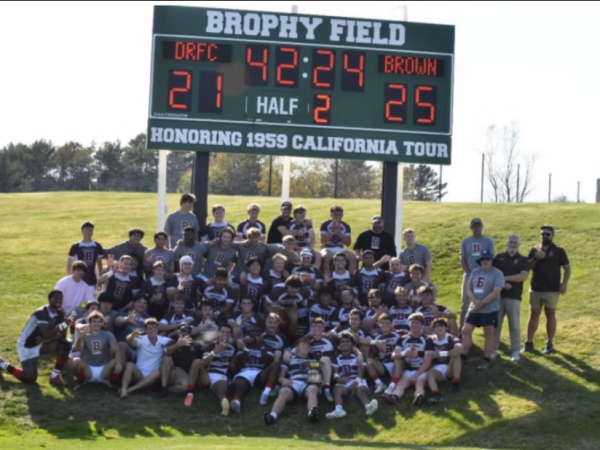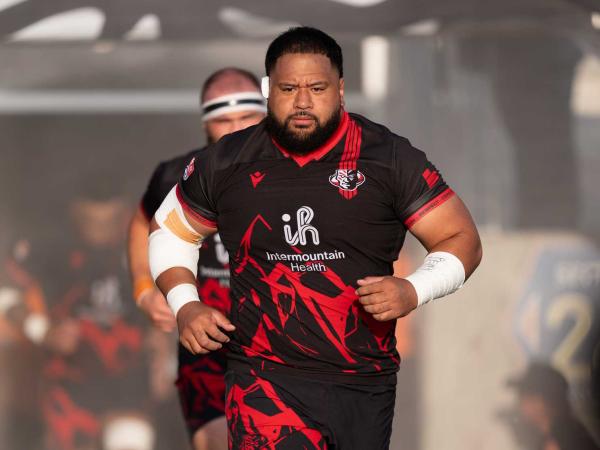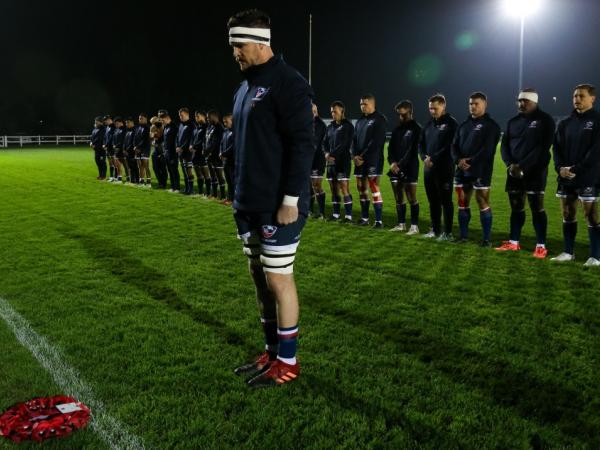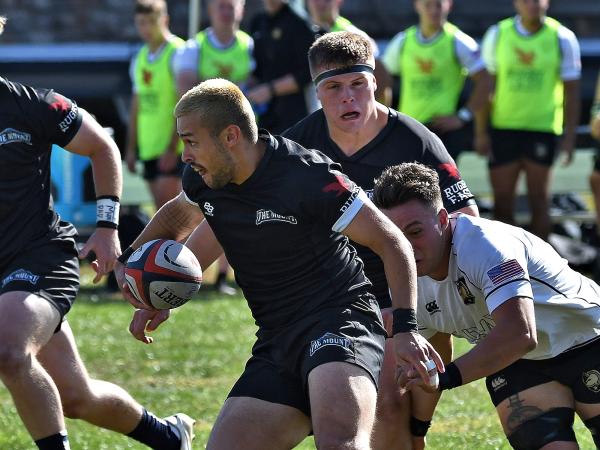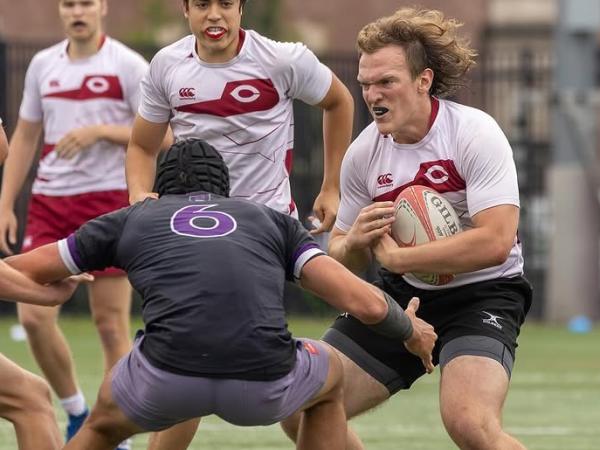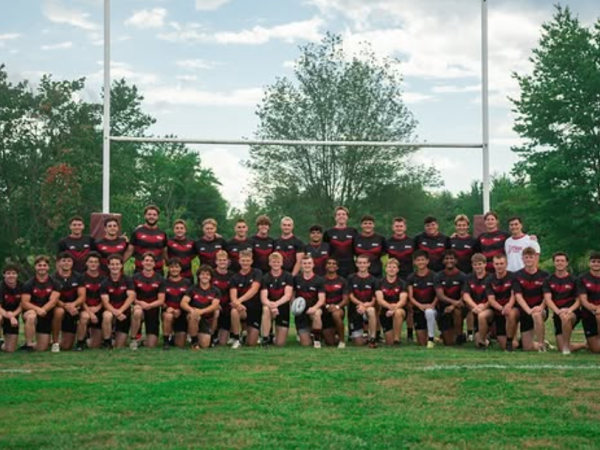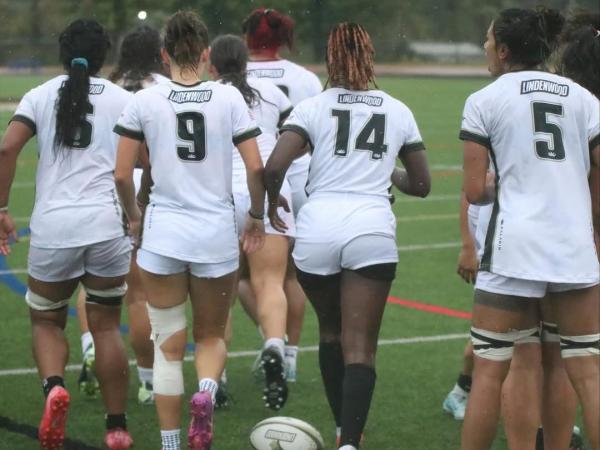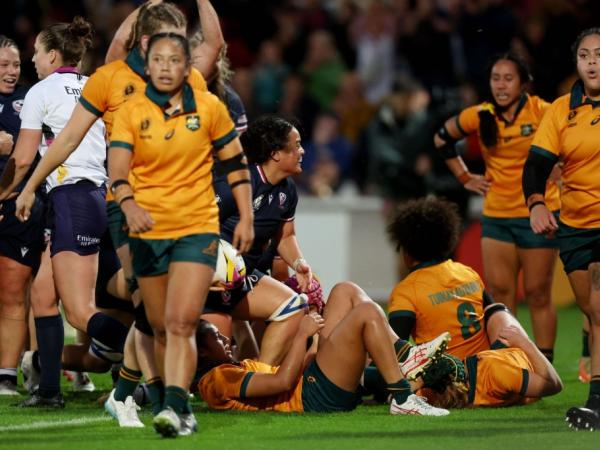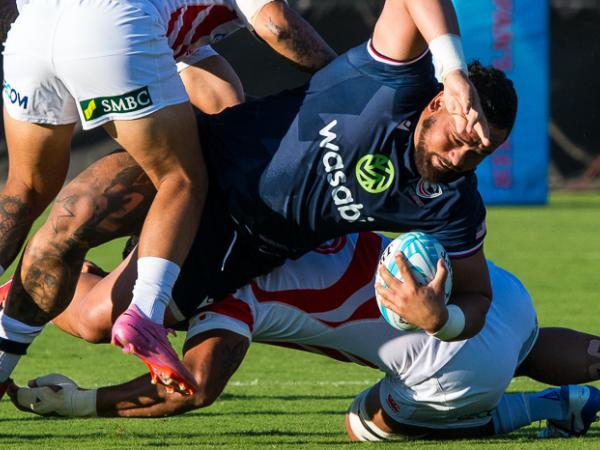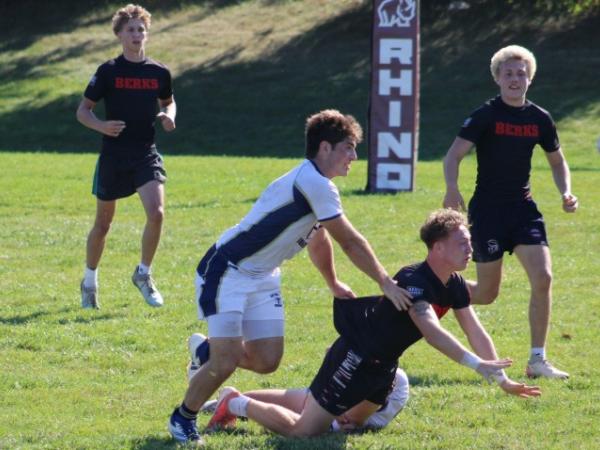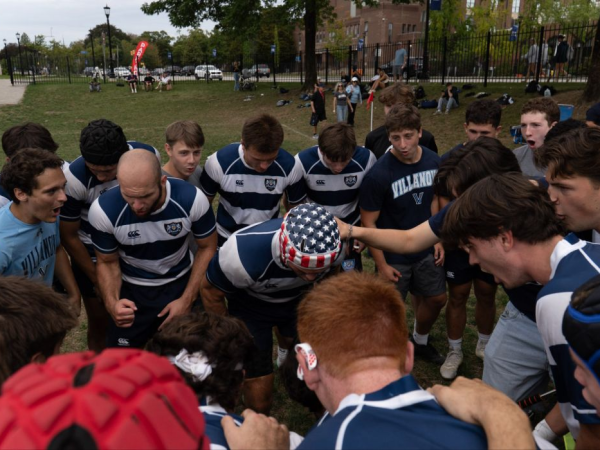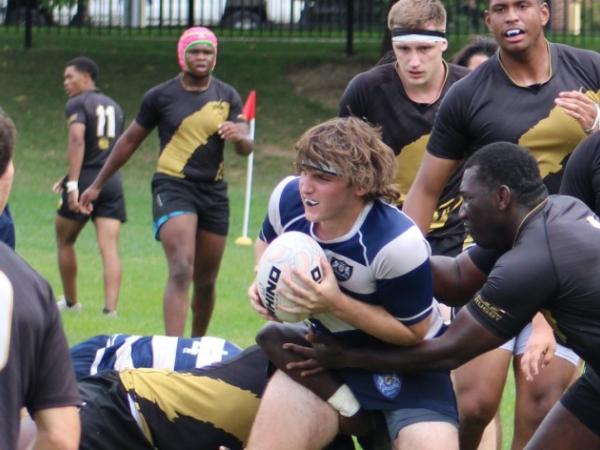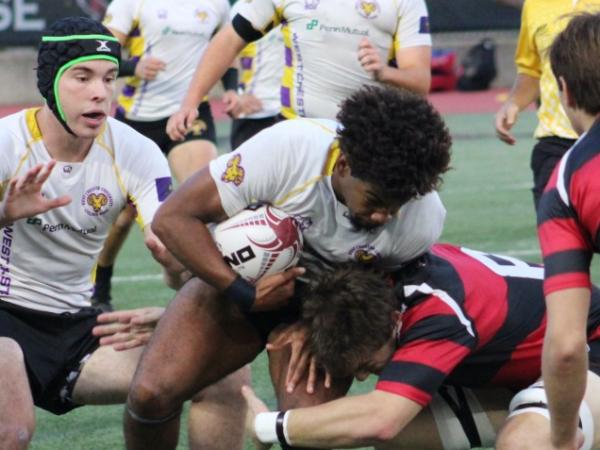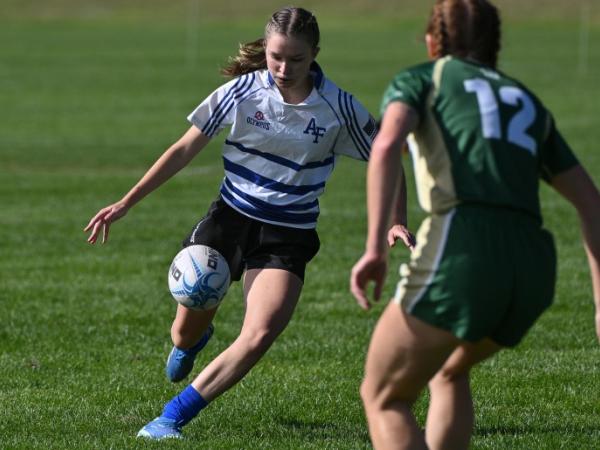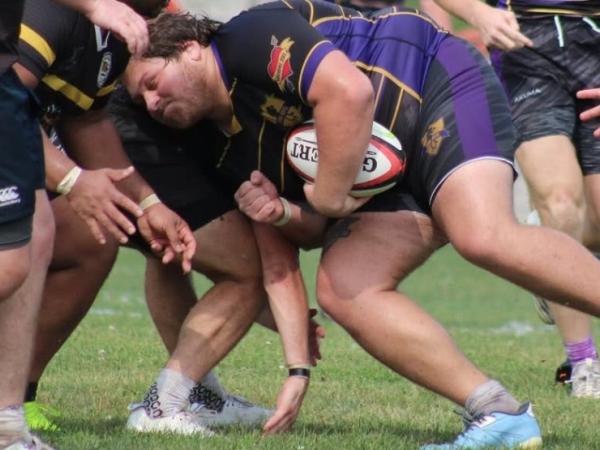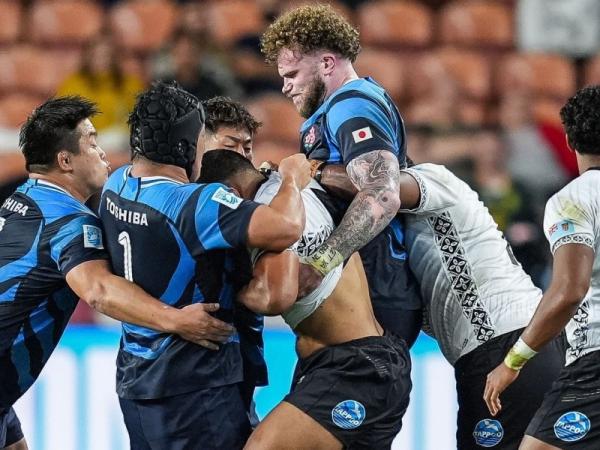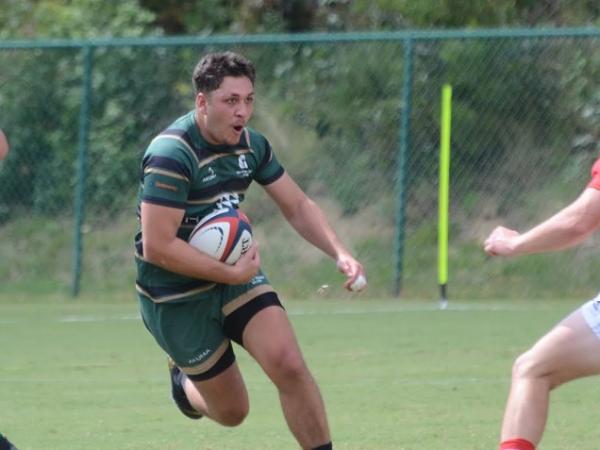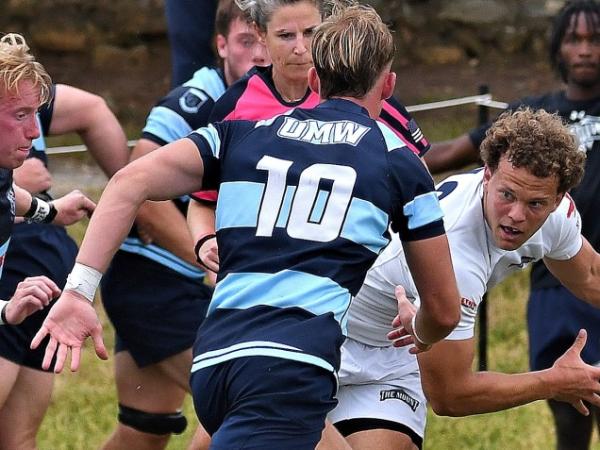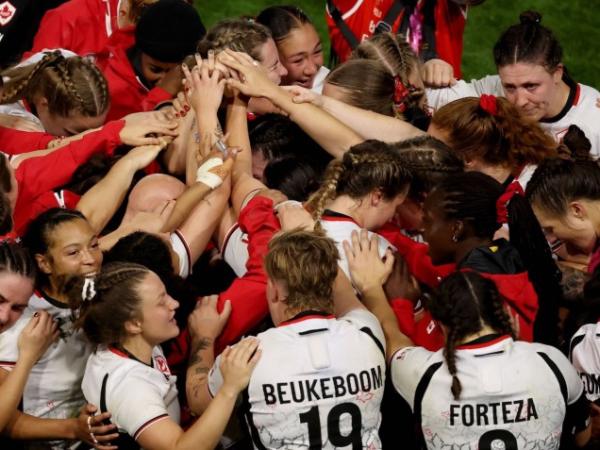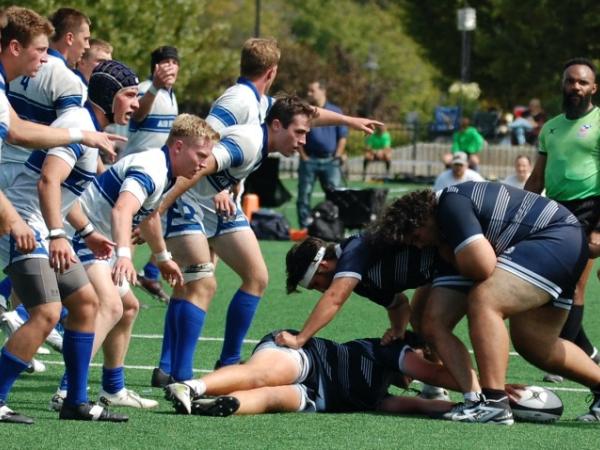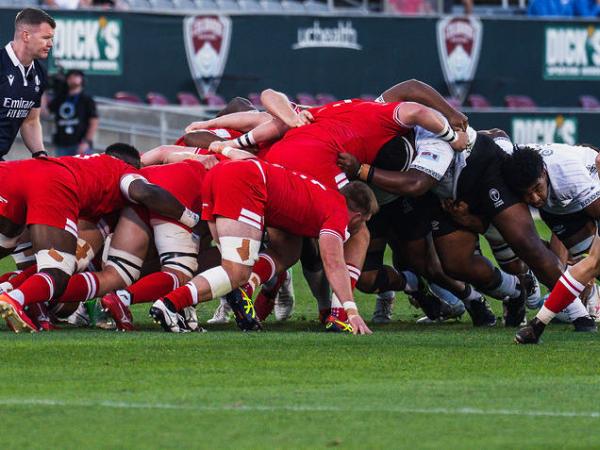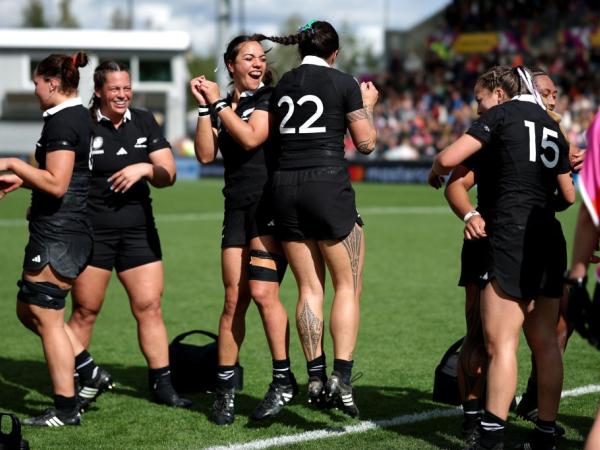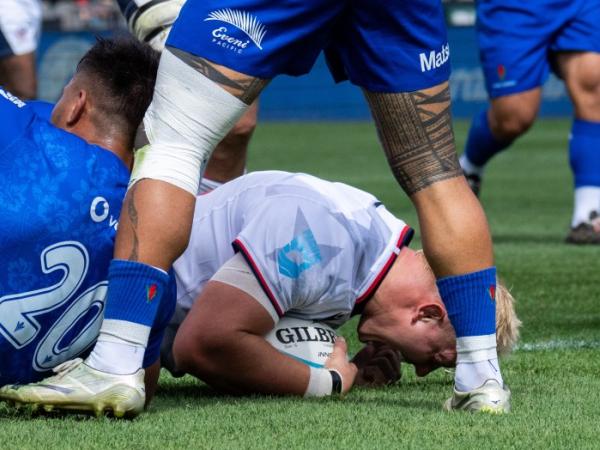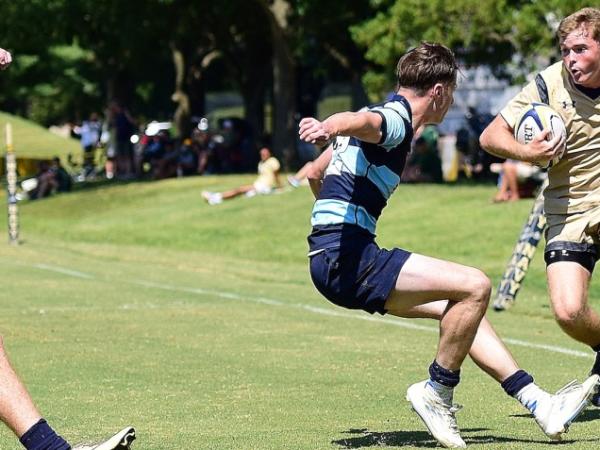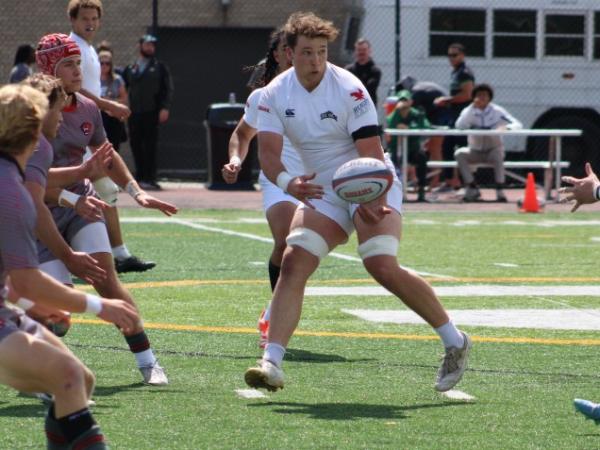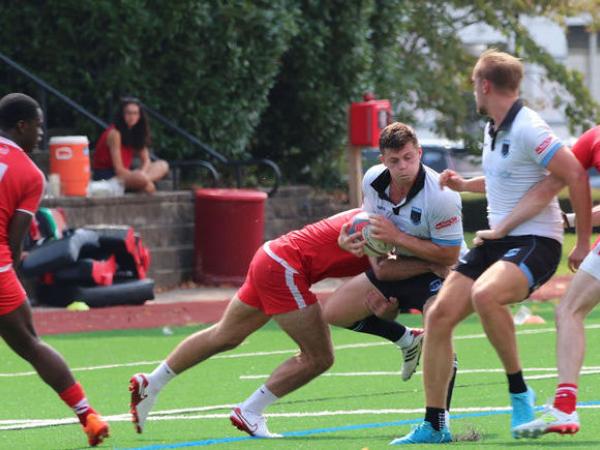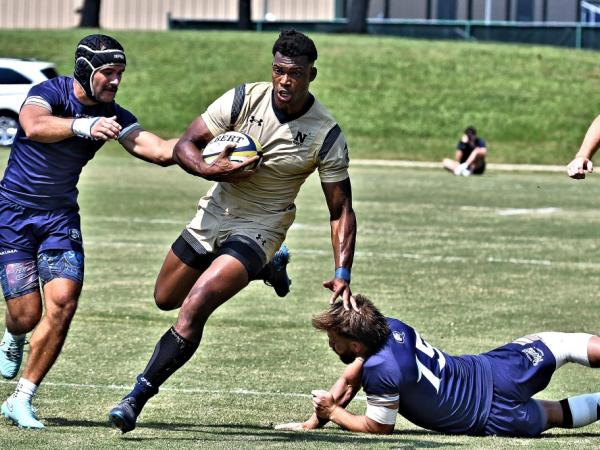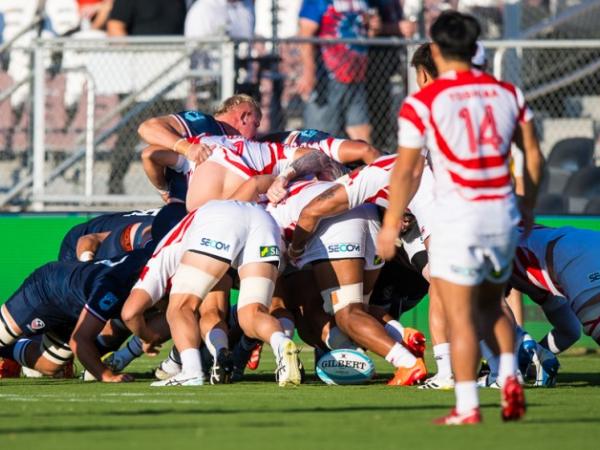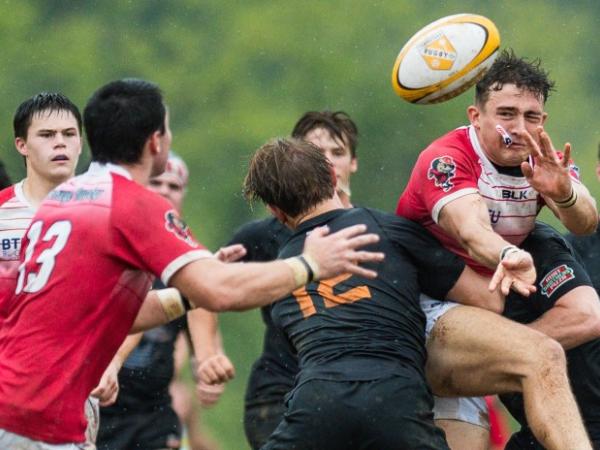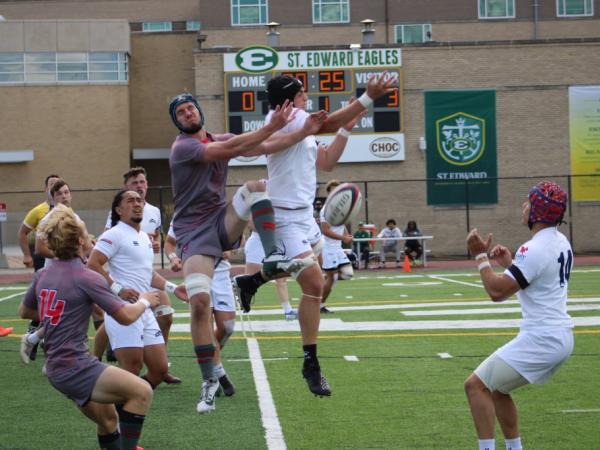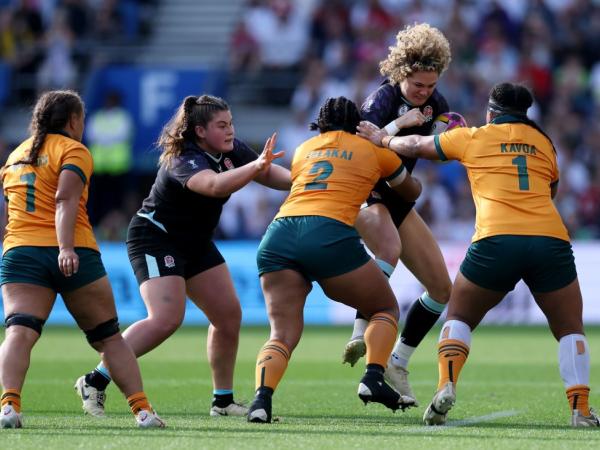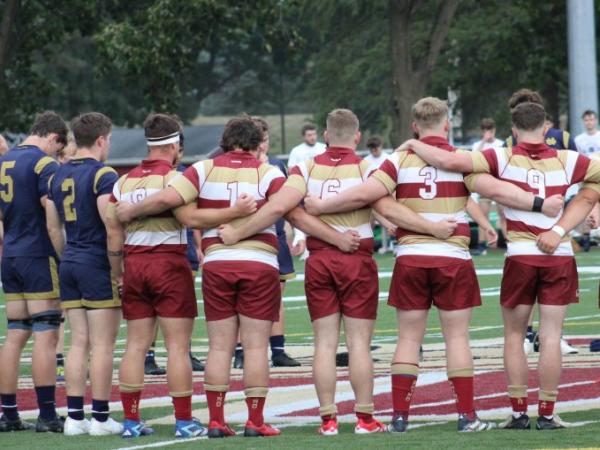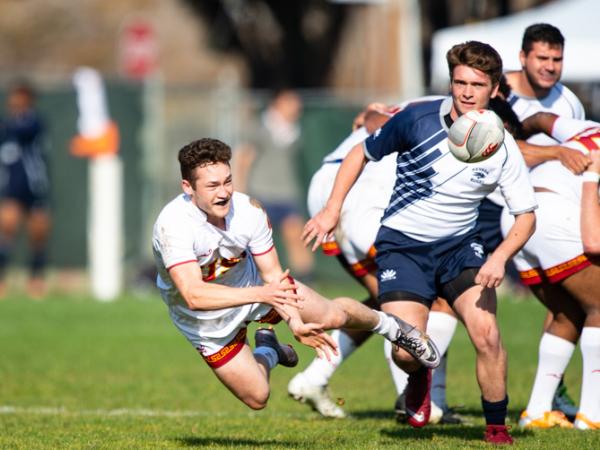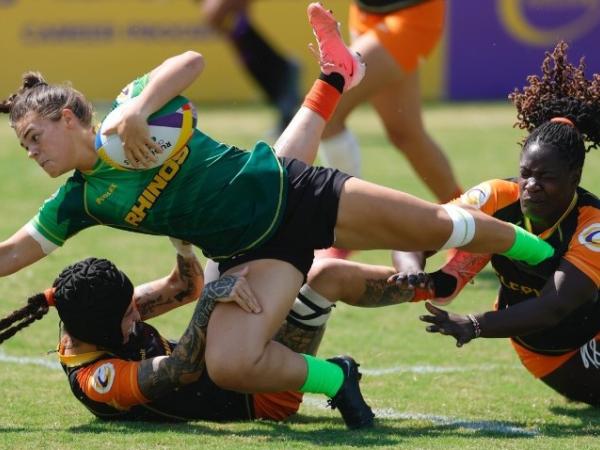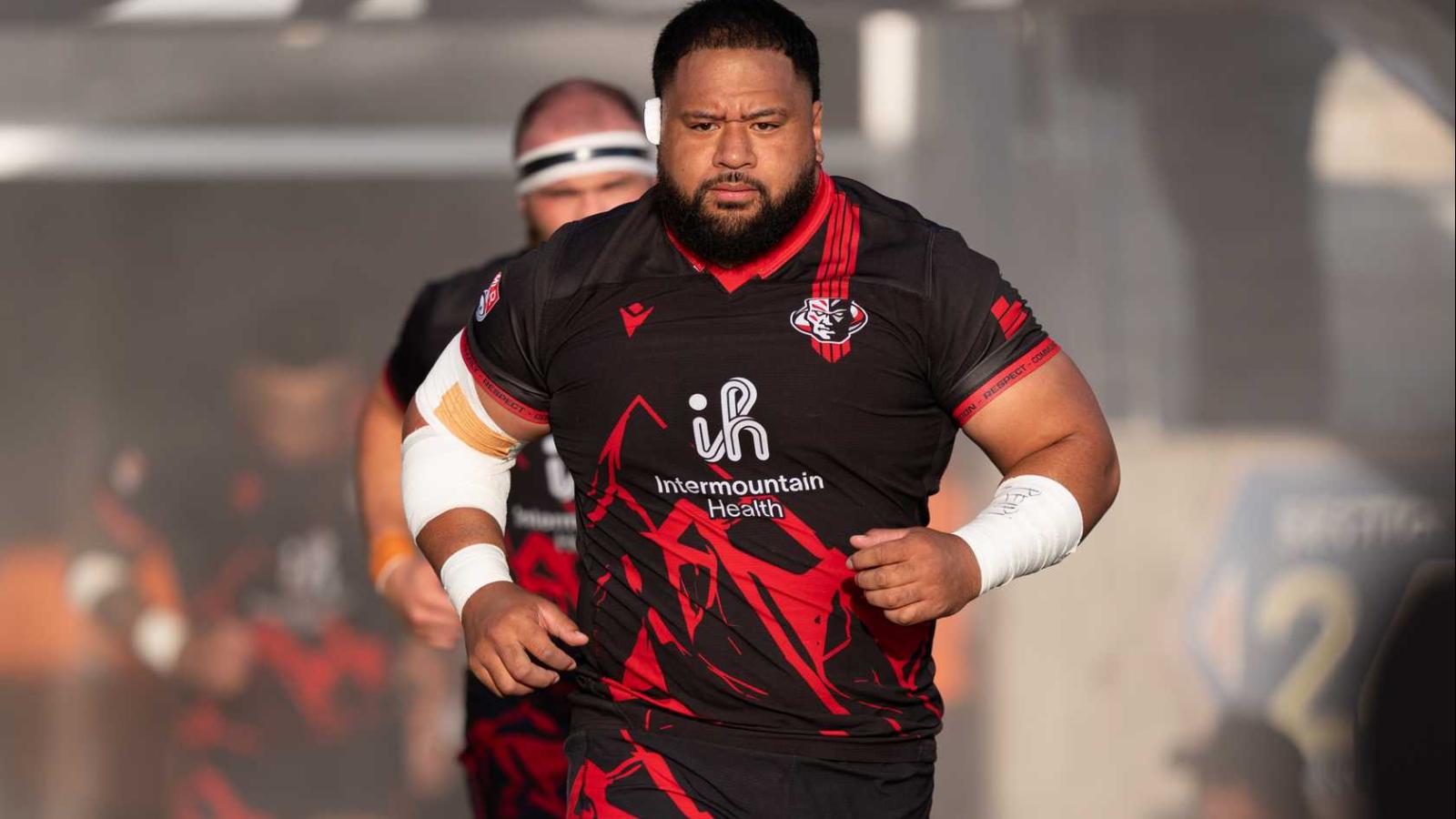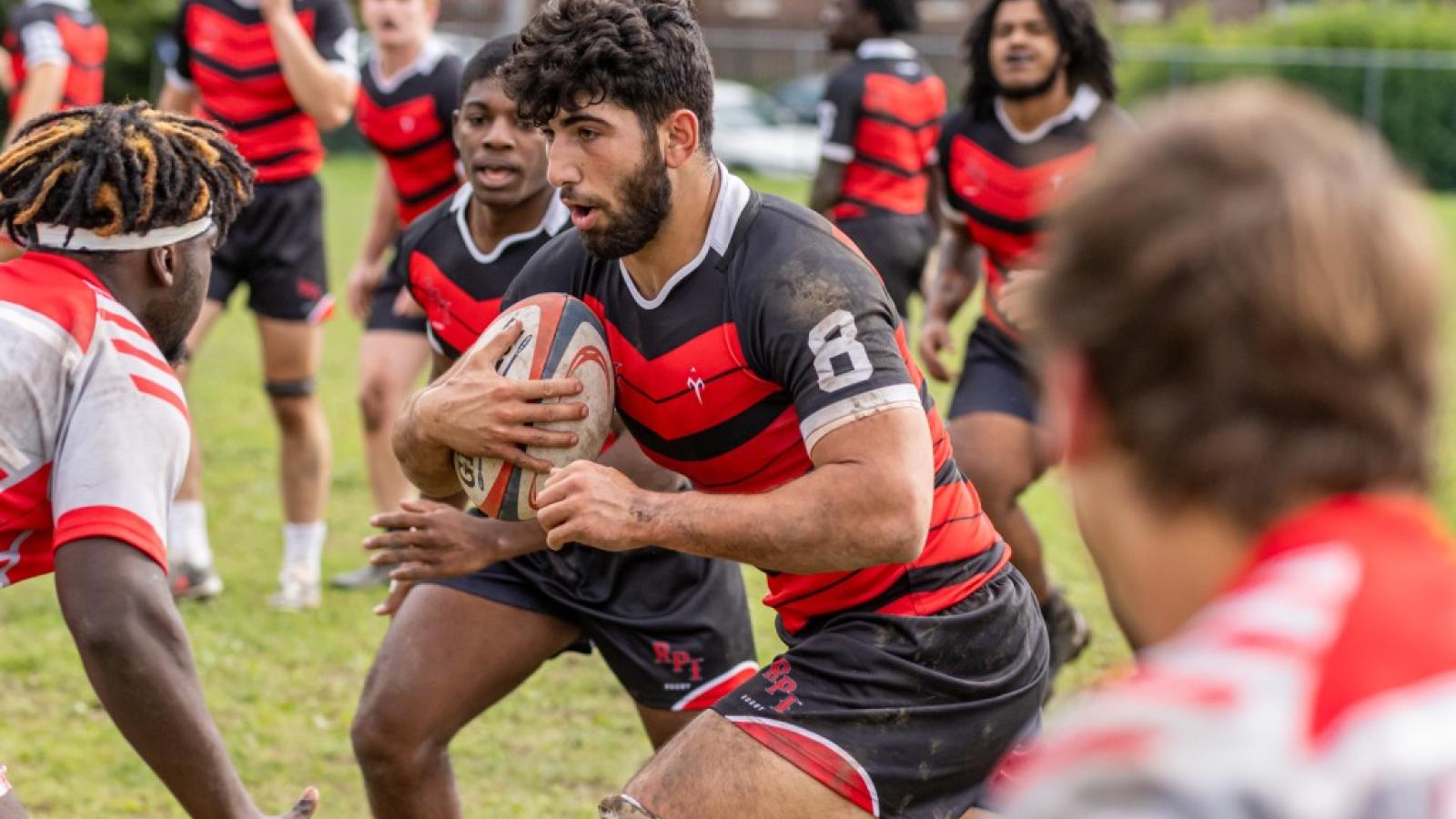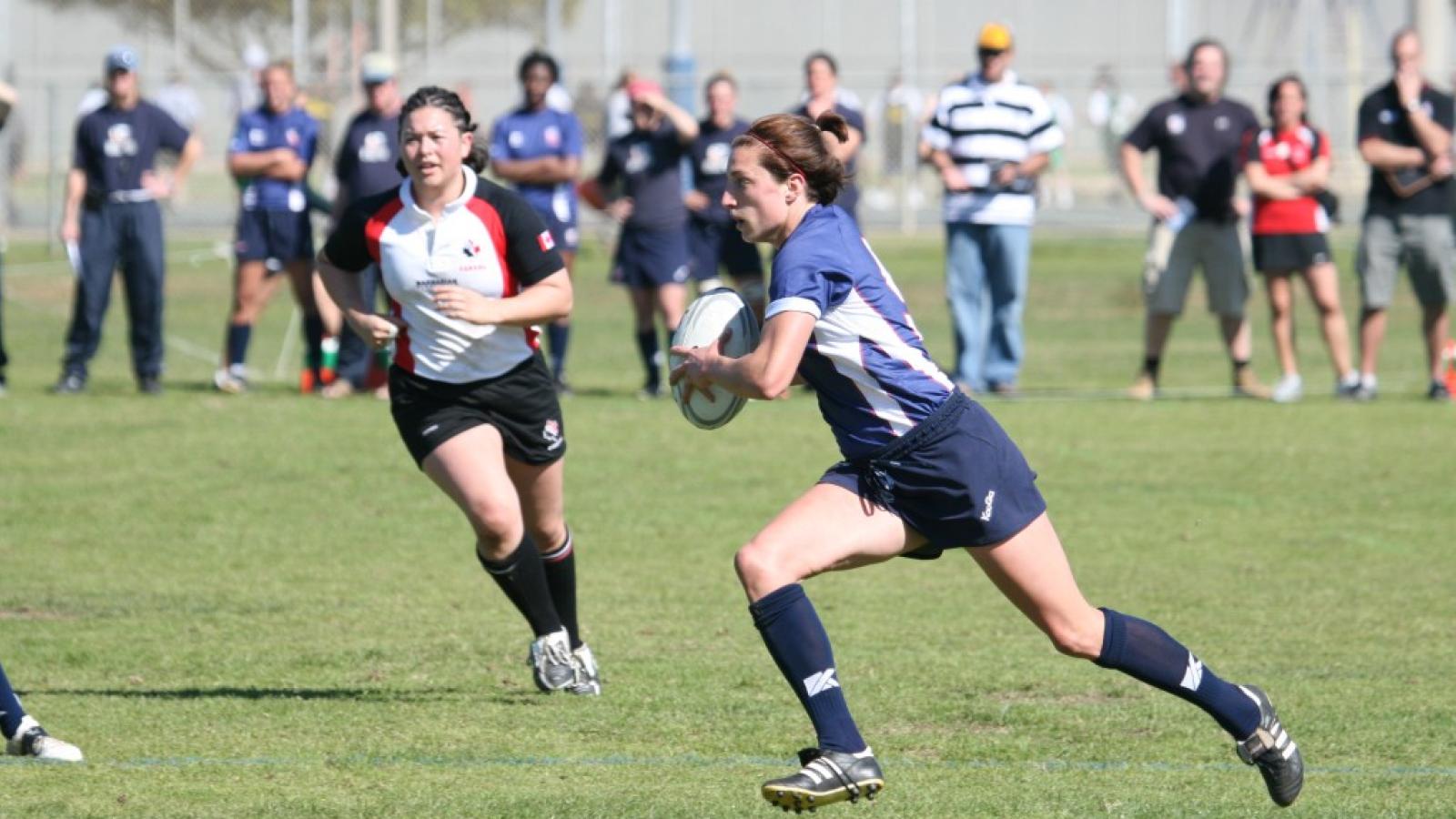The USA women's 7s team finished 4th at the Rugby World Cup 7s, certainly a finish higher than what could have happened, but also perhaps lower than was their goal.
Stacked with some exceptional talent, the Eagles couldn't quite open up the game the way they needed to in the final rounds, Against Canada, eventual champions Australia, and France in the 3rd-4th game, they manged just four tries.
With Jaz Gray burning defenses on the outside, and Ilona Maher thundering through tacklers on the inside, and with smart playmakers like Nicole Heavirland they had the pieces for a world championship run. But tactically the Eagles were lateral, unimaginative, and ... well ... dull.
Pass it to the left, suck in some bodies, send it out to the right, and hope someone finds a gap.
That worked against Poland fairly easily in the Round of 16, but after that it hardly worked at all. Their quarterfinal game against Canada was most notably marked by the USA's superb recycling and continuity. Lord knows they needed it as there was no variety to the attack—no misdirection, no sidestepping from a runner, no vertical pop-and-go. Canada made four times as many tackles as did the USA because the Eagles had the ball for massive amounts of time. All they could muster in the first half was a hard slog to get Gray over the line‚Òauren Doyle ran into two tacklers and tried to offload off the deck. The ball didn't really rise but it did bounce and that was enough for Gray.
The same sort of pass off the deck from Doyle punished her the next time as it was loose and Canada reclaimed it to run in from long range, taking the conversion for a 7-5 lead. After dominating possession for about 10 minutes the USA was losing. But some overpursuit by the Canada defense left a channel just on the inside of the edge for Naya Tapper to exploit and win the game.
Breath of relief, and on to Australia and, after that, France.
We're not going to go into details about these games. Suffice to say Australia and France looked under very little threat to give up tries. Australia's ball movement was excellent, which is why they won the tournament. France was just physically stronger than most of the USA players. You found yourself begging for someone to put in a sidestep (yes, the field was chewed up, but other teams managed it), to look for support on a break, to take charge. Coming on for the tiny sliver of time afforded her, Sam Sullivan did that.
We apply very little fault to the players in this. While we think there should be some selection changes in the squad—how often does one player have to miss tackles before she's sidelined? How many times does a player have to run away from support and give up a holding-on penalty before she is replaced?—this is about how the team is told to prepare. No one is really looking for support when they go on a run, and why would they? No one's there. And it's not that the support is absent because they aren't trying or don't want to be there; it's because the attack pattern is designed to leave runners alone. Set up the play and break someone through and she'll go score a try ... so you don't need a Plan B.






